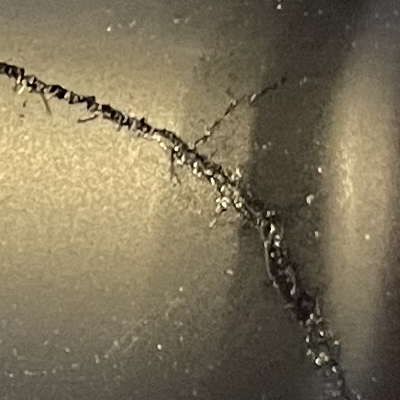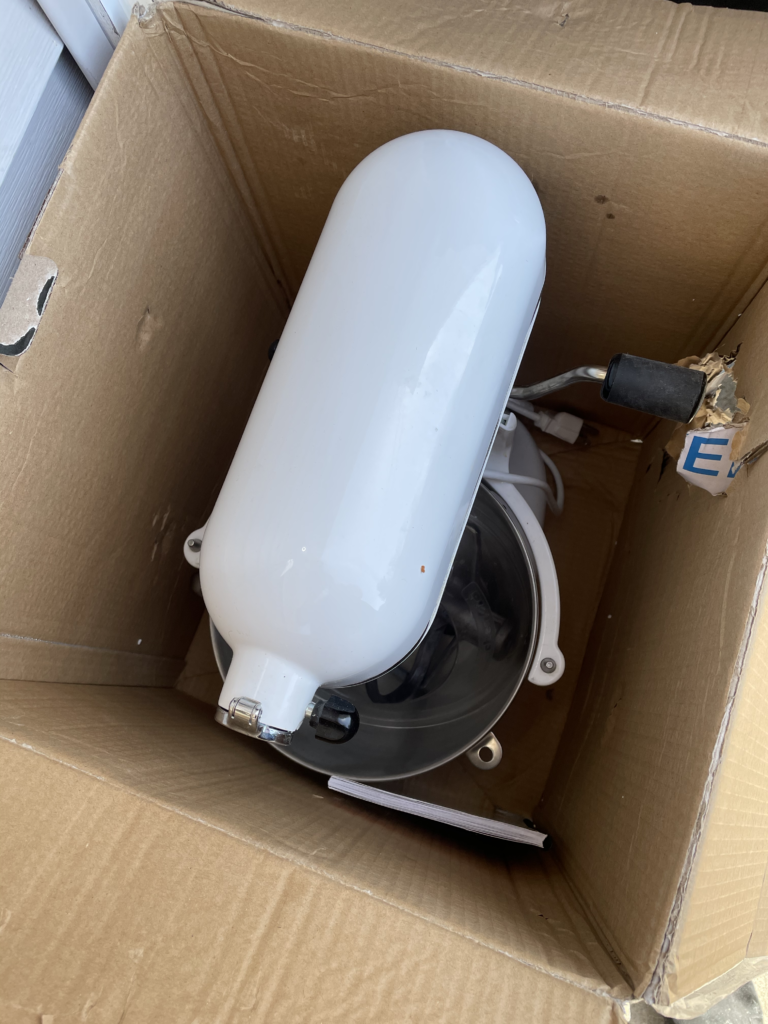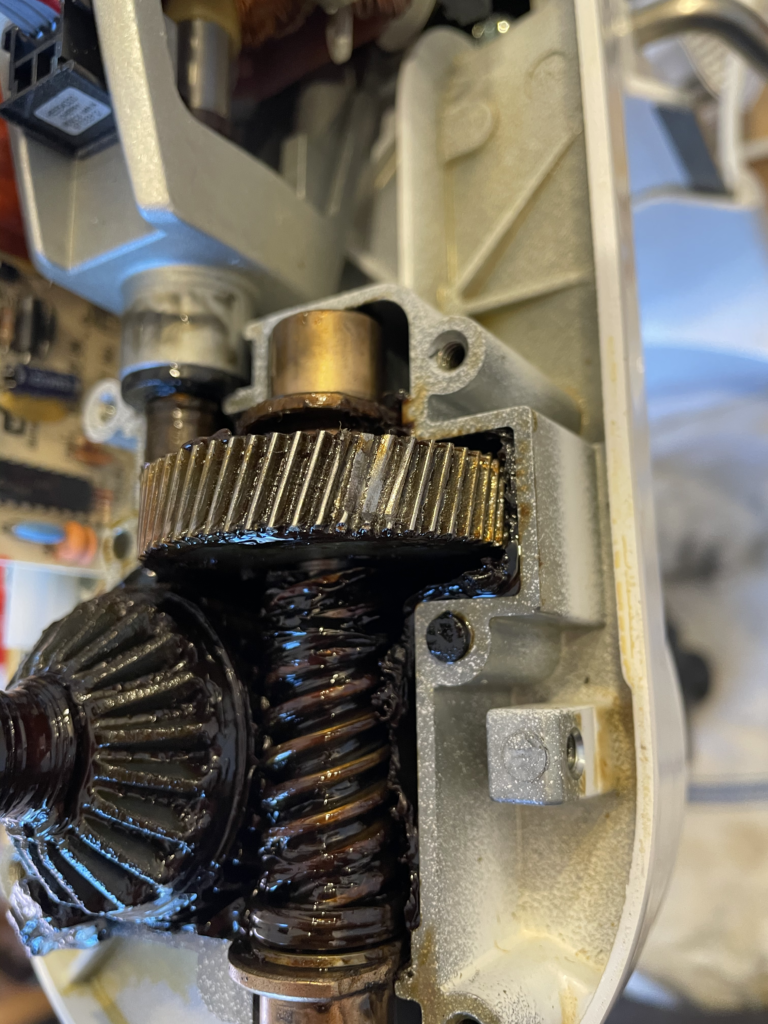Pro Series Disaster Recovery

The story begins the usual way: eBay listing of a mixer being sold “for parts or not working”, cheap. Had a bit of conversation with the seller, “it’s running a little rough”. No problem. I provide my usual packing advice (because the seller had never done this before), Buy It Now, shipped, done.
Then the story takes a twist.
The package arrives, shipped via USPS. The letter carrier said, “Sorry, we know what’s in it. We picked it up by the handle and the mixer fell out. All the tape that’s on there, we put there to keep the box from falling apart.”
I look in the box, and see this:

That’s right — no bubble wrap to protect the machine, no accessories wrapped to prevent them from bouncing around, no balls of paper to keep the mixer from shaking around in the box and breaking things. It’s almost as though the seller used my packaging advice as a list of what not to do.
Amazingly, the only shipping damage is some scuffing on the end of the bowl crank handle (you can see where it poked out through the box).
So, let’s look at the “running rough.” Turn it on and it sounds like it’s grinding gravel in a coffee can.
OK, off comes the top of the machine. (This is easier on the Pro machines than on the tilt-head or K5s, but it’s one of the few things about the Pro that I consider an improvement.)
First thing we come to is the cracked plastic gear housing.

The early-production Pro series used a plastic housing, which was prone to cracking. It was bad enough that KitchenAid actually had a recall, which included replacement of the housing with a redesigned metal one.
Not only does the crack let grease out (you can see where it leaked into the rest of the machine), but a cracked plastic gear housing frequently leads to catastrophic failure in the gear train. This is because the gear housing has slots in it which keep the drive shaft bearings in place. When the housing cracks, the drivetrain shifts (usually while it’s spinning under load), then the main drive gear crashes into the edge on the lower gear case.

Also, one of the plastic alignment posts sheared off the housing and got left in the lower gear case (that circular black bit just below the right of the gear). Getting that out was fun. And more collateral damage: the flanges broke off the shaft bearings and got ground into fine bronze powder.
Fortunately this story has a happy ending; the rest of the machine was fine, and after replacing the gear train, motor shaft seal, and bearings, it all worked great. (I don’t have a picture of the finished machine; it’s a white KitchenAid mixer and we all know what those look like.)